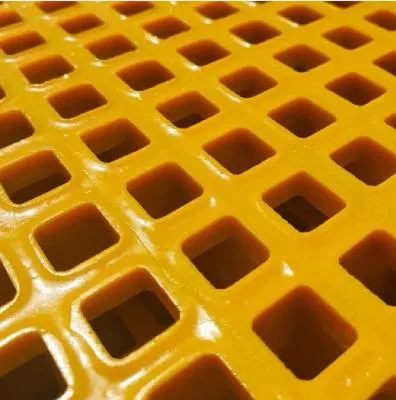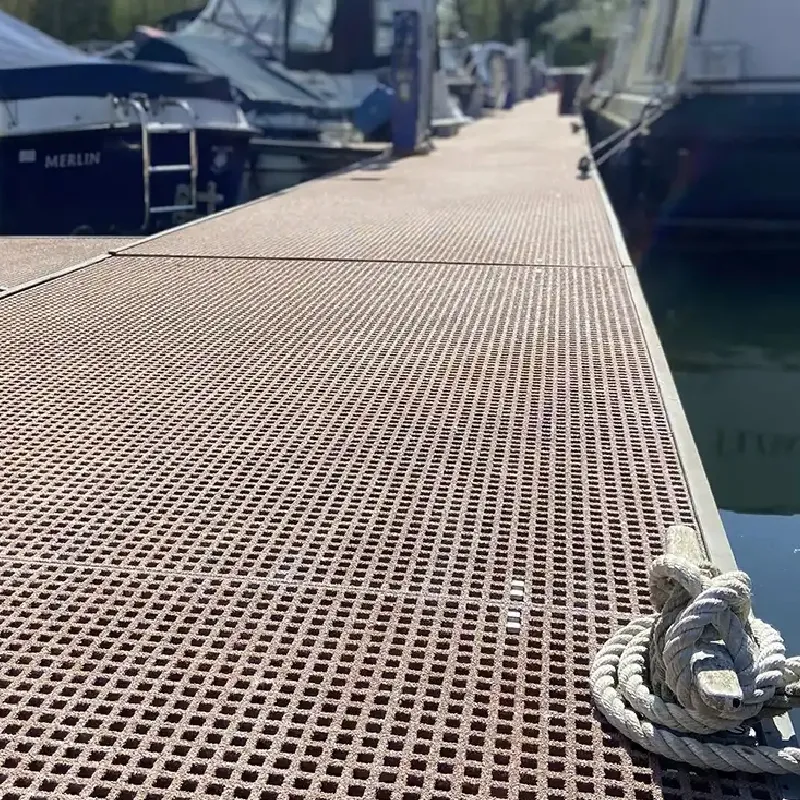loading...
- No. 9, Xingyuan South Street, Dongwaihuan Road, Zaoqiang County, Hengshui, Hebei, China
- admin@zjcomposites.com
- +86 15097380338
- Welcome to visit our website!
Fibreglass Reinforcement Bars Lightweight & Corrosion-Resistant FRP Solutions
- Industry Growth Metrics and Material Performance Data
- Mechanical Advantages Over Traditional Materials
- Manufacturer Comparison Charts and Specifications
- Custom Engineering Approaches for Specialized Needs
- Industrial Sector Implementation Examples
- Installation Best Practices
- Future Material Innovation Pathways

(fibreglass reinforcement bar)
Transforming Infrastructure with Fibreglass Reinforcement Bar Solutions
The construction landscape is undergoing a fundamental shift as engineers increasingly adopt non-corrosive alternatives for structural reinforcement. Composites have demonstrated 73% lower lifetime maintenance costs according to 2023 ASCE reports, while offering exceptional strength-to-weight ratios. These characteristics make them particularly valuable in coastal regions and chemical processing facilities where degradation resistance determines project viability. As sustainable building practices become mandated globally, the role of advanced composite materials continues to expand beyond niche applications.
Material Performance Advantages
Structural composite materials deliver quantifiable improvements over traditional steel reinforcement systems. With tensile strength ranging from 600-1200 MPa depending on resin formulations, they achieve comparable load-bearing capacities at just 25% of steel's weight. This drastic mass reduction produces cascading benefits including simplified transportation logistics and decreased structural dead loads. Perhaps most critically, complete immunity to electrochemical corrosion eliminates the primary failure mechanism affecting conventional rebar, demonstrated in accelerated aging tests showing zero deterioration after 1000 hours in salt spray chambers.
Additional properties contributing to their technical superiority include:
- Electromagnetic transparency enabling uninterrupted signal transmission
- Thermal expansion coefficients matching concrete to prevent cracking
- Chemical inertness resisting acids, alkalis and solvents
- Non-conductive properties preventing stray current corrosion
Competitive Product Analysis
Performance characteristics vary significantly between manufacturers based on proprietary manufacturing techniques. This comparison highlights technical specifications critical for structural applications:
| Manufacturer | Tensile Strength (MPa) | Modulus (GPa) | Thermal Stability (°C) | Diameter Range (mm) |
|---|---|---|---|---|
| CompositeTech Solutions | 1,080 | 52 | 180 | 6-40 |
| Pultrex Industries | 950 | 48 | 160 | 8-32 |
| ReinforcePro | 1,200 | 55 | 195 | 10-50 |
| DuraFiber Systems | 890 | 45 | 155 | 6-36 |
Customized Engineering Applications
Project-specific fabrication accommodates unique structural requirements beyond standard product lines. Bridge deck reinforcements often incorporate custom surface profiling to enhance bonding with concrete matrices, while wastewater treatment facilities utilize specialized vinyl ester resins resistant to hydrogen sulfide degradation. For complex structural geometries, pre-assembled cages with precision-cut connections reduce on-site labor by approximately 45%. Customization extends to specialized forms including:
- Helical rib designs for seismic zones requiring enhanced ductility
- Integrated form ties for accelerated concrete forming systems
- Pre-bent assemblies matching complex architectural contours
- Hybrid carbon/glass compositions for ultra-high stiffness requirements
Industry Application Case Studies
Halifax Marine Terminal utilized these reinforcement systems extensively in their recent pier expansion, replacing 180 tons of traditional steel. The decision resulted in 29% faster installation cycles while eliminating corrosion-related maintenance projected at $350,000 annually. Similarly, chemical processor Chemco International retrofitted reaction vessels using specialized composite bars resistant to hydrochloric acid exposure. Since installation, the vessels have operated continuously for 42 months without degradation, compared to previous 18-month replacement cycles with stainless steel alternatives.
Additional documented implementations include:
- Conveyor support systems in salt mining operations where lifespan tripled
- Modular bridge components meeting accelerated construction mandates
- Electromagnetic-sensitive research facilities requiring non-ferrous materials
Optimal Integration Methodology
Correct handling ensures maximum performance from composite reinforcement systems. Cutting operations require diamond-coated blades to prevent fiber fraying, while bending must follow manufacturer-prescribed radius limitations. Concrete placement necessitates consolidation techniques that maintain alignment, using vibration limits established by ASTM C31 standards. Site storage protocols demand protection from UV degradation through opaque covering, with handling avoiding impact damage that could create stress concentration points.
Future Material Development Trajectories
Continuous innovation enhances fibreglass reinforcement bar
performance as R&D programs target next-generation formulations. Current trials of nanotechnology-enhanced resins show 38% greater shear strength in preliminary results at MIT's Materials Lab. Industry leaders simultaneously develop automated placement systems that integrate composite assemblies with robotic extruders, potentially revolutionizing concrete construction efficiency. These advances position composite solutions at the forefront of sustainable infrastructure development, particularly as global standards increasingly emphasize lifecycle performance metrics over initial material costs.

(fibreglass reinforcement bar)
FAQS on fibreglass reinforcement bar
Q: What are the advantages of using fibreglass reinforcement bars over traditional steel bars?
A: Fibreglass reinforcement bars (FRP) offer high corrosion resistance, lightweight properties, and superior tensile strength compared to steel. They are ideal for harsh environments like marine or chemical-exposed structures. Additionally, FRP bars are non-conductive and require minimal maintenance.
Q: Can FRP reinforcement bars be welded like steel bars?
A: No, FRP reinforcement bars cannot be welded due to their non-metallic composite structure. Connections typically use mechanical fasteners, adhesives, or specialized anchoring systems. Welded bar grating refers to metallic grating, not FRP products.
Q: Where are welded bar grating and FRP reinforcement bars commonly used together?
A: Welded bar grating is often used for industrial flooring or walkways, while FRP reinforcement bars may reinforce the concrete supporting these structures. Their combination benefits corrosive environments like wastewater plants. FRP bars prevent corrosion, while grating provides durable surfacing.
Q: How does the lifespan of FRP reinforcement bars compare to steel in concrete?
A: FRP reinforcement bars can last decades longer than steel in corrosive conditions, as they resist rust and chemical degradation. Steel may require replacement in 10-20 years in harsh environments. FRP’s durability reduces long-term maintenance costs.
Q: Are FRP reinforcement bars suitable for high-temperature applications?
A: FRP bars have lower heat resistance compared to steel, with performance degrading above 150°C (300°F). For high-temperature settings like fire-prone areas, steel or specialized heat-resistant FRP variants are preferred. Always check manufacturer specifications for thermal limits.
-
The Rise of FRP Profiles: Strong, Lightweight, and Built to LastNewsJul.14,2025
-
SMC Panel Tanks: A Modern Water Storage Solution for All EnvironmentsNewsJul.14,2025
-
GRP Grating: A Modern Solution for Safe and Durable Access SystemsNewsJul.14,2025
-
Galvanized Steel Water Tanks: Durable, Reliable, and Ready for UseNewsJul.14,2025
-
FRP Mini Mesh Grating: The Safer, Smarter Flooring SolutionNewsJul.14,2025
-
Exploring FRP Vessels: Durable Solutions for Modern Fluid HandlingNewsJul.14,2025
-
GRP Structures: The Future of Lightweight, High-Performance EngineeringNewsJun.20,2025
